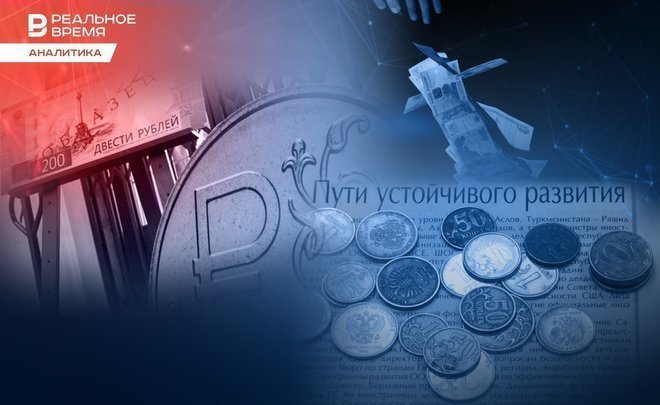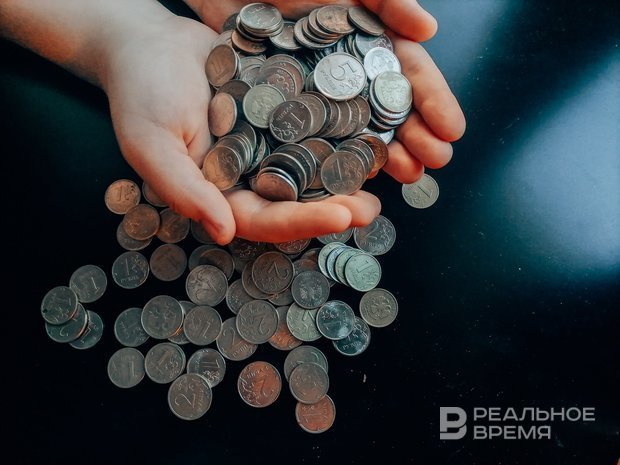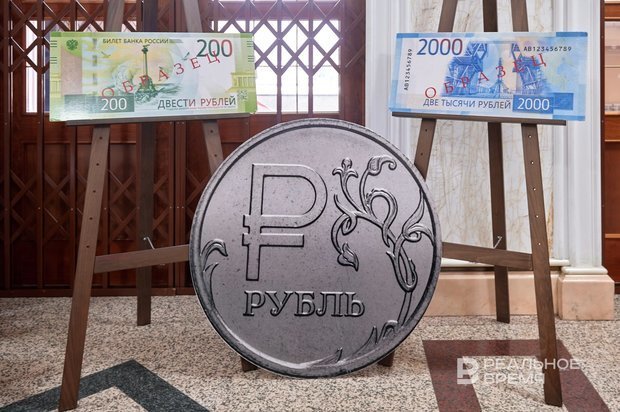The key to a strong ruble
Will the Bank of Russia raise the rate and will the ruble strengthening last long?

The Russian ruble has been demonstrating strength for the seventh week in a row. After the collapse in early October to 102.35 per dollar, a presidential decree was issued on the mandatory sale of foreign exchange earnings by Russian exporters, and the Bank of Russia raised the key rate immediately by 200 bps — up to 15% per annum. This increase has already been the fourth in six months. Whether the dollar will return to 70 rubles, how strongly the Russian currency is reacting to the increase in the Central Bank's key rate, and what investors should do during a period of financial turbulence — in the review of the analytical service of Realnoe Vremya.
In the first quarter of 2024, a fall below 80 rubles per dollar is possible
The ruble exchange rate is at its strongest levels, Alfa-Bank experts are sure. Over the past week, the Russian currency has shown only minor changes — between 87.8 and 89, the dollar/ruble pair has been trading for several days in a row. “After the active strengthening in October and in the first half of November, the phase of stabilisation of the ruble has come," Alexander Potavin, leading analyst at Finam, is sure.
However, according to Mikhail Vasiliev, chief analyst at Sovcombank, we can still see a dollar for 83 rubles.

In the first quarter of 2024, a withdrawal below 80 rubles per dollar is possible, but then the Bank of Russia, according to Vasiliev's forecasts, will resume buying foreign currency into reserves, and the mandatory sale of foreign exchange earnings will be softened.
In April 2024, the mandatory sale of foreign currency earnings will probably be cancelled, and the ruble will weaken to 100 per dollar by the end of 2024, he believes.
“We can see 105 rubles per dollar next year with an unfavourable combination of circumstances — the global recession and falling oil prices," believes independent financial expert Andrey Vernikov. “Without such a shock, there is a high probability that the dollar will be in the range of 80-100 rubles.”

Tight monetary policy — it is for a long time
According to Mikhail Vasilyev, the Bank of Russia will raise the key rate by another 100 bps at the next meeting on December 15 — up to 16% per annum. The expert considers an increase in the rate by 200 bps in December — up to 17% — possible, if weekly inflation data show an acceleration to 8% by the end of the year.
Investors and businesses, according to his estimates, should be prepared for that the period of tight monetary policy may be long, and the key rate will remain double-digit for the whole of 2024, and possibly partly in 2025.
“The opportunity to reduce the key rate will open only in the middle of next year, when inflation begins to slow down. In the baseline scenario, by the end of 2024, we expect inflation to slow down to 6% and a reduction in the key rate to 12%," he predicts.

Independent financial expert Andrey Vernikov is more optimistic and expects that by the end of next year the key rate will drop to 10%, and Alexander Potavin does not rule out that the Central Bank will take a break and keep the key rate at 15% this year: “The authorities are not interested in slowing down the Russian economy with too much high rates.”
Strengthening the ruble vs killing the economy

Today, in his opinion, there are risks of investing in fixed income instruments and in shares of companies with high debt or with an investment programme involving debt financing.
If a risky scenario is implemented and inflation in Russia accelerates above 10%, the key rate may rise to 17-20%, Mikhail Vasilyev warns. “This will be a positive scenario for holders of floaters (floating interest rate bonds) and a negative one for holders of deposits and bonds with a permanent coupon," he notes.

In general, at the current level of the key rate, experts recommend investors to buy bonds. But it is worth considering the risks of a further increase in the key rate, and in this case, bonds can also give investors an unpleasant surprise.